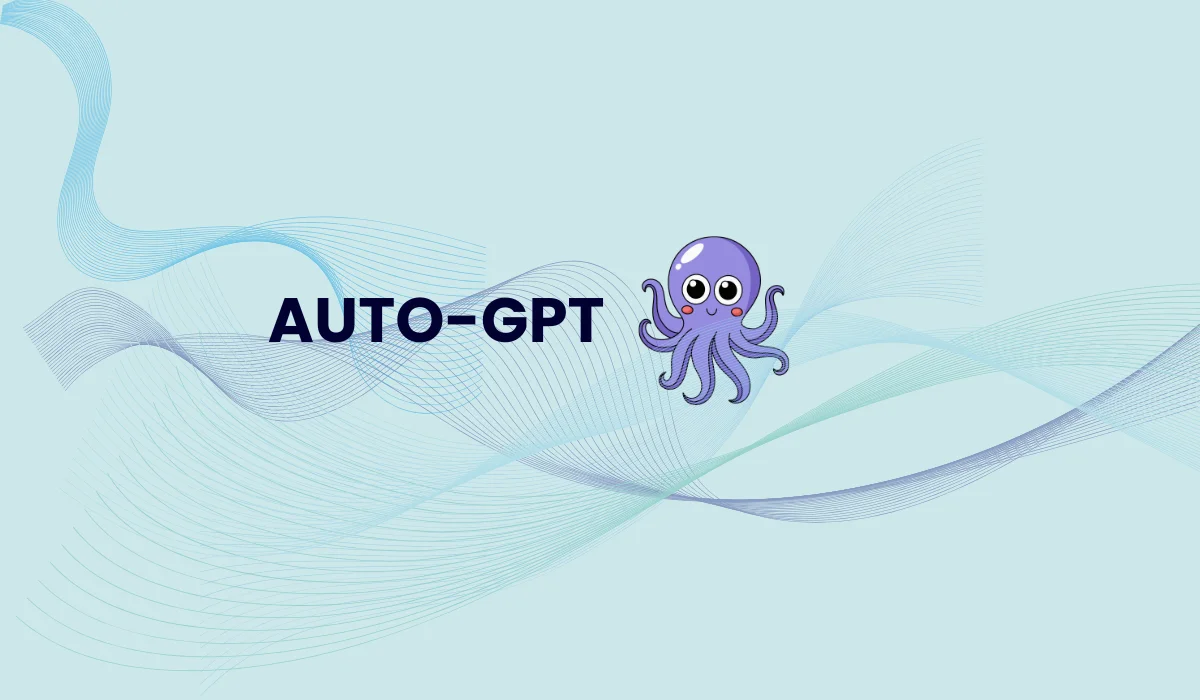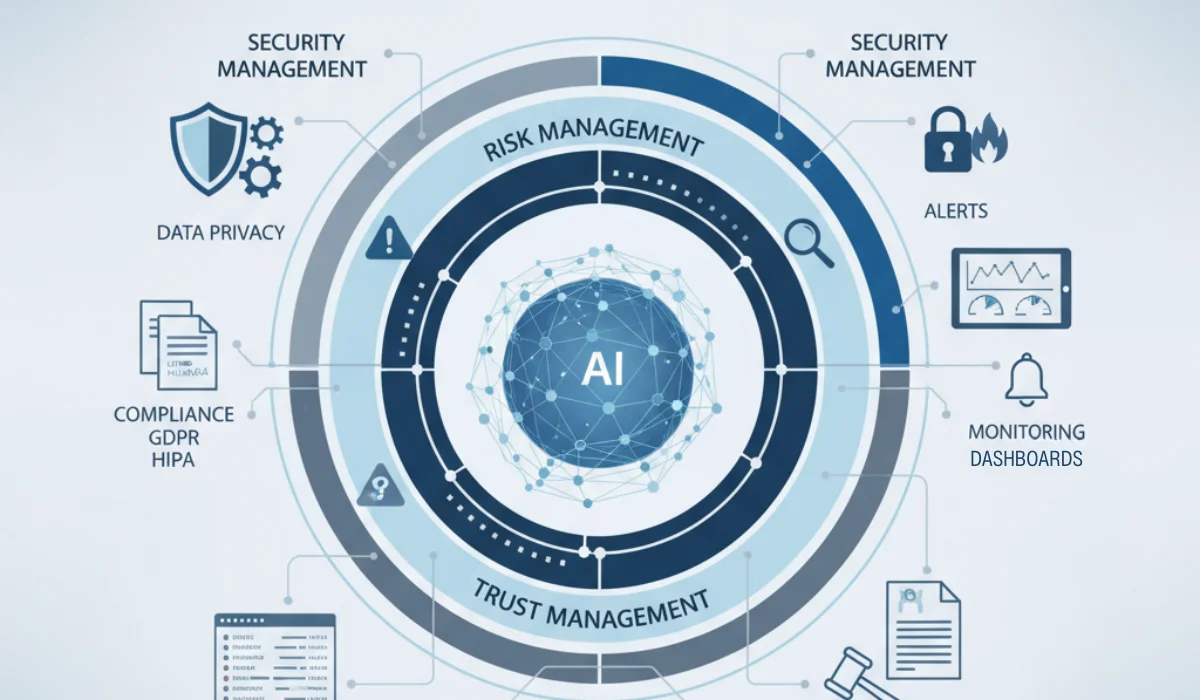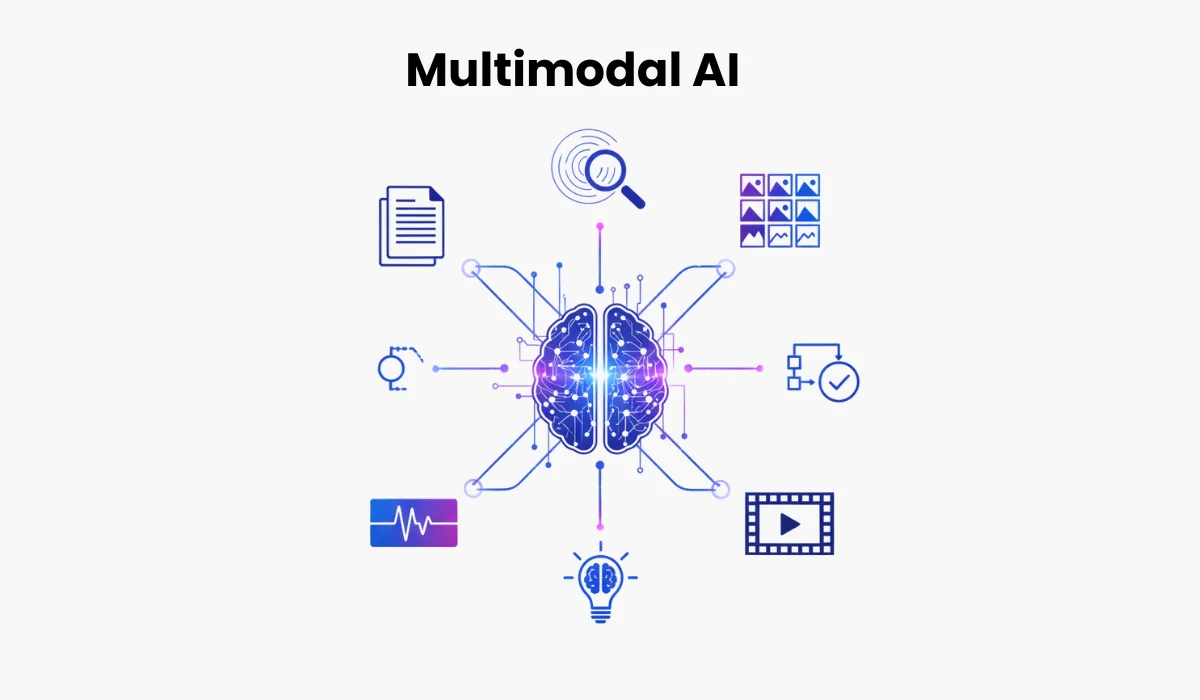Artificial intelligence is transforming the way businesses operate, but not all AI investments deliver real value. Many organizations chase the latest trends without understanding which technologies actually scale, reduce risk, and improve decision-making.
In this blog, we’ll break down the AI technologies worth investing in today, explore how they drive business value, and provide practical guidance to make AI adoption both effective and sustainable.
Why Most AI Projects Fail Without It
Most AI projects fail not because the models are bad, but because the data feeding them isn’t ready. AI-ready data isn’t just clean spreadsheets. It’s data that’s structured, accurate, and aligned with the decisions your AI needs to make.
What Makes Data AI-Ready
- Right data for the right problem: Big piles of data aren’t useful if they don’t match the business question. Example: customer logs need consistent fields and timestamps to feed predictive AI agents.
- Real-time and accurate: AI agents need fresh, validated data. Historical snapshots alone often aren’t enough.
- Bias and errors under control: If you don’t monitor your data continuously, models will give wrong or unfair results.
Challenges to Making Data AI-Ready
- Data is often scattered across various systems, including CRMs, ERPs, and IoT sensors, making it challenging to combine.
- Quality issues remain hidden until a model produces mistakes.
- Lack of clear ownership and governance turns data into a risk rather than an asset.
How to Fix It
- Start with the outcome: Define the decisions your AI should support, then prepare the data to serve them.
- Automate cleaning and structuring: Standardize fields, remove duplicates, and label consistently.
- Monitor continuously: Watch for errors, drift, or bias over time.
- Collaborate across teams: Data engineers, analysts, and compliance teams must work together. Silos slow AI down.
AI-ready data is the foundation of success. Ignore it, and even the best AI agents or dashboards won’t deliver real value. Treat it as a core capability, not a one-time project.
AI Technologies Worth Investing in Today
1. AI Agents

Gartner’s 2025 Hype Cycle highlights AI agents as one of the fastest-moving technologies, currently at the Peak of Inflated Expectations. These autonomous or semi-autonomous systems perceive data, make decisions, and execute actions, enabling businesses to automate complex workflows at scale. When implemented correctly, AI agents are transformational. Misapplied, they generate hype without results.
Why AI Agents Matter
AI agents deliver tangible business outcomes:
- Operational efficiency: Automate high-volume, repetitive tasks without sacrificing quality.
- Faster decision-making: Process multiple data streams in real time.
- Enhanced resilience: Detect anomalies and opportunities faster than human oversight alone.
According to Gartner, the success of AI agents depends on:
- Contextual fit: Tie agents to specific business processes. Random deployments fail to deliver value.
- Clear KPIs: Define measurable outcomes such as throughput, accuracy, or impact on customer experience.
- Governance and compliance: Ensure agents operate within regulatory, ethical, and organizational boundaries.
How to Implement AI Agents
Top-performing enterprises implement AI agents strategically; they:
- Prioritize high-impact processes instead of peripheral tasks.
- Prepare AI-ready data to fuel reliable, accurate decisions.
- Monitor continuously to prevent drift and maintain trust in automated workflows.
Also Read: How AI Agents Are Driving Smart Savings Across Businesses
2. AI TRiSM

AI can deliver huge business value, but without proper oversight, it introduces new risks: biased recommendations, privacy breaches, security vulnerabilities, or non-compliance with regulations. That’s where AI TRiSM (Trust, Risk, and Security Management) comes in. It’s not optional; it’s the framework that keeps AI safe, reliable, and accountable.
Why AI TRiSM Matters
- Ethical AI: Ensures models treat data fairly and avoid biased outcomes.
- Regulatory compliance: Keeps AI aligned with GDPR, HIPAA, or industry-specific rules.
- Operational safety: Detects anomalies, prevents errors, and reduces business risk.
Key Components of AI TRiSM
- Governance: Define policies for model usage, data access, and approvals.
- Monitoring: Track AI outputs continuously to catch errors, drift, or bias early.
- Security: Protect AI models and data from attacks, leaks, or misuse.
- Auditability: Maintain logs and transparency to support compliance and trust.
Practical Advice for Enterprises When Integrating AI TRiSM
Don’t wait until your AI is already running to add TRiSM; integrate it from the very start, during design and operations. Make sure compliance, IT, and business teams work together so governance actually works. Dashboards, alerts, and audit trails make it easier to keep an eye on everything.
Since AI models change over time, TRiSM policies should evolve with them. Think of TRiSM as a safety net for your AI: it helps manage risk, maintain security, and build trust continuously. Skipping it can be costly, so make TRiSM a key part of your AI strategy, not something you tack on later.
3. Multimodal AI
Businesses today generate data in many forms, such as text, images, video, audio, and sensor readings. Traditional AI models typically handle one type at a time, which limits their capabilities. Multimodal AI solves this by combining multiple data types into a single model, giving a more complete understanding of situations.
Why Multimodal AI Matters
- Better insights: By analyzing text, images, and other data together, AI can detect patterns humans might miss.
- Faster decision-making: Integrates different data sources in real time, helping teams act quickly.
- New opportunities: Enables innovations like AI-assisted inspections, richer customer analytics, or smarter predictive maintenance.
Challenges to Keep in Mind
- Data alignment: Text, images, and sensors must be synchronized and labeled consistently. Misalignment can produce confusing or incorrect outputs.
- Computational needs: Multimodal models require more processing power and memory. Scaling them without proper infrastructure can be costly.
- Use-case fit: Not every problem needs multimodal AI. Deploy it where combining data types clearly adds value.
Multimodal AI can unlock insights impossible with single-data models. Done right, it strengthens AI agents, improves decision-making, and reveals new opportunities. But it requires careful planning, quality data, and robust infrastructure to succeed.
Invest in AI That Delivers Real Business Value
AI technologies offer tremendous potential, but not all investments pay off. Gartner’s 2025 Hype Cycle shows that AI agents, AI-ready data, multimodal AI, and AI TRiSM are where businesses will see measurable impact, if implemented thoughtfully.
The key takeaway for leaders: success is not about chasing every new AI trend, it’s about building a solid foundation, aligning AI to business outcomes, and managing risks proactively.
Actionable Steps for Enterprises
- Start with the right problems: Identify processes where AI can deliver clear ROI, not just flashy capabilities.
- Invest in AI-ready data: Ensure your datasets are structured, clean, and continuously monitored to optimize their value.
- Deploy AI agents strategically: Tie them to specific workflows, define KPIs, and embed governance.
- Leverage multimodal AI where it adds value: Use it to combine data types and reveal insights humans alone can’t see.
- Prioritize AI TRiSM: Embed trust, risk, and security management from day one to protect your organization and stakeholders.
Done right, AI moves beyond experimentation and becomes a core driver of efficiency, insight, and growth. The organizations that succeed are those that approach AI with strategy, discipline, and expertise, rather than chasing hype.




